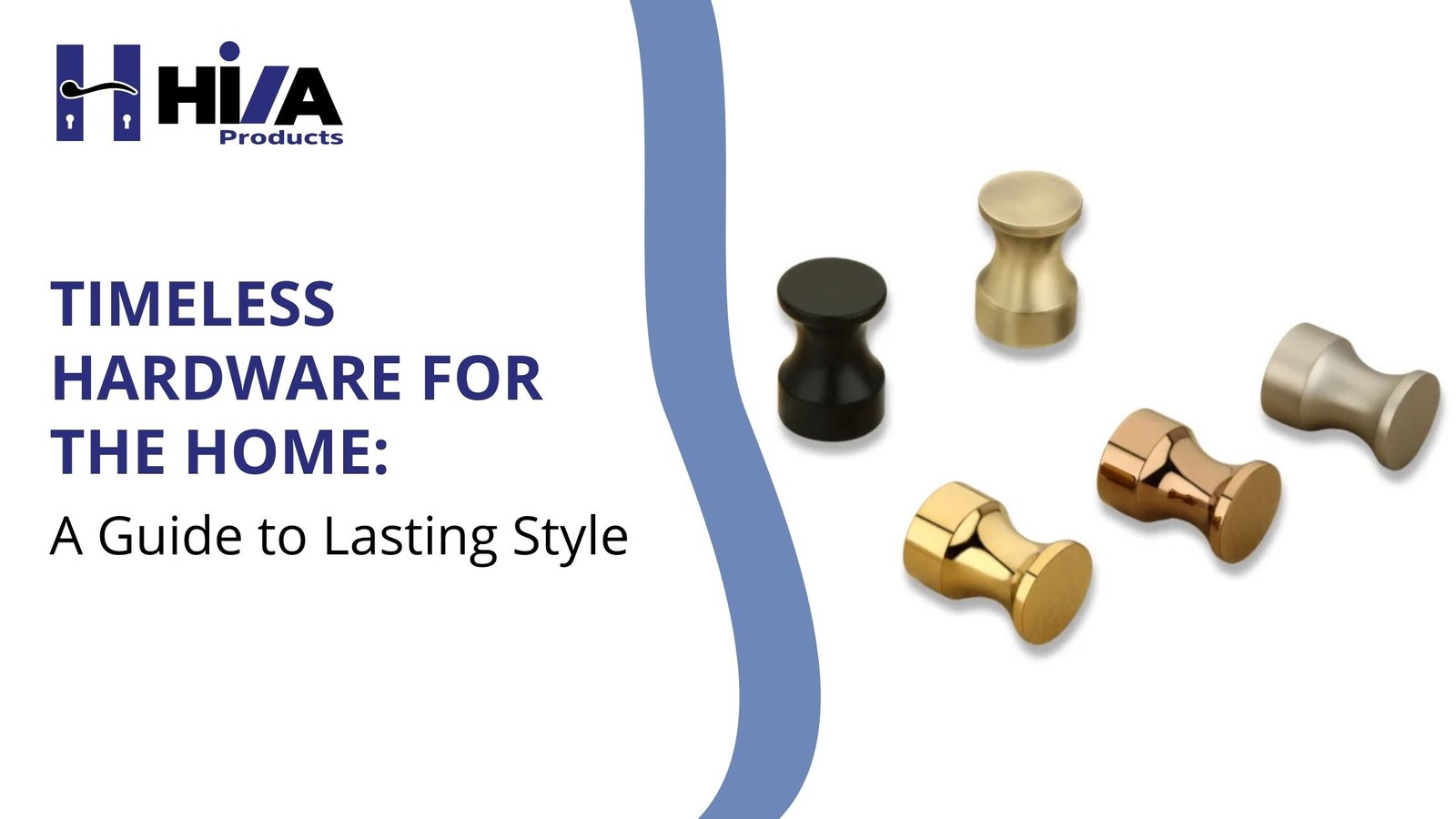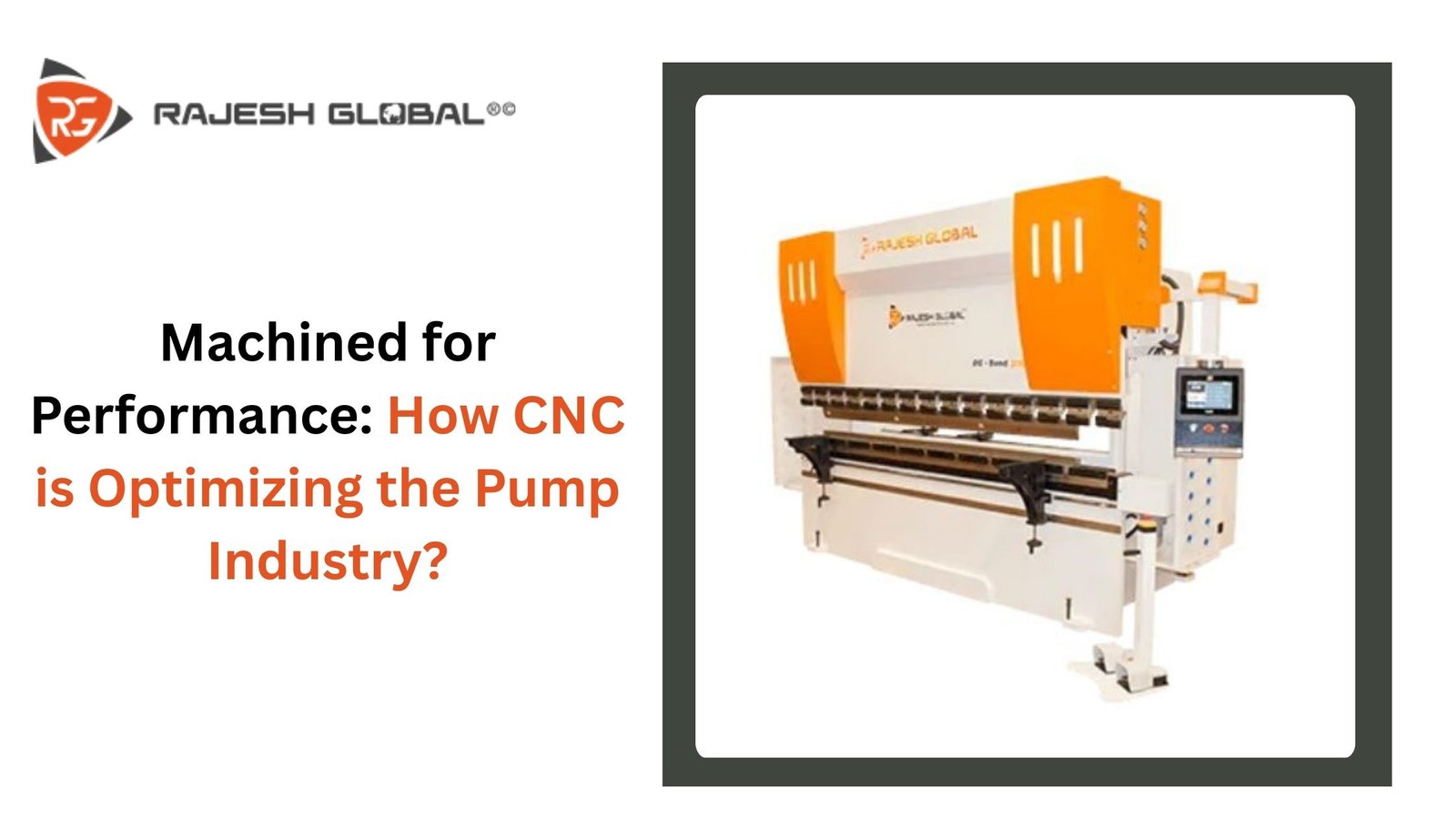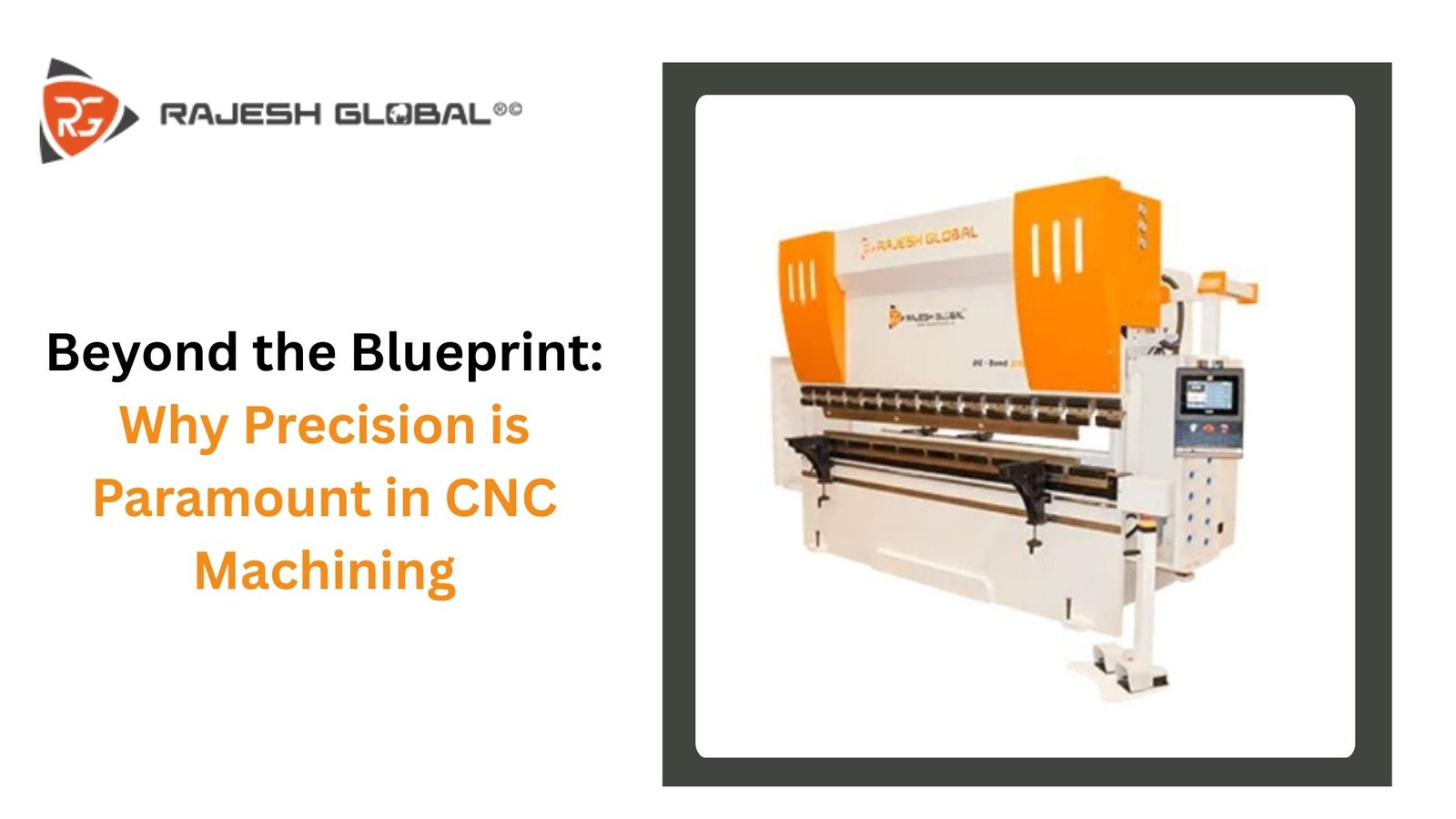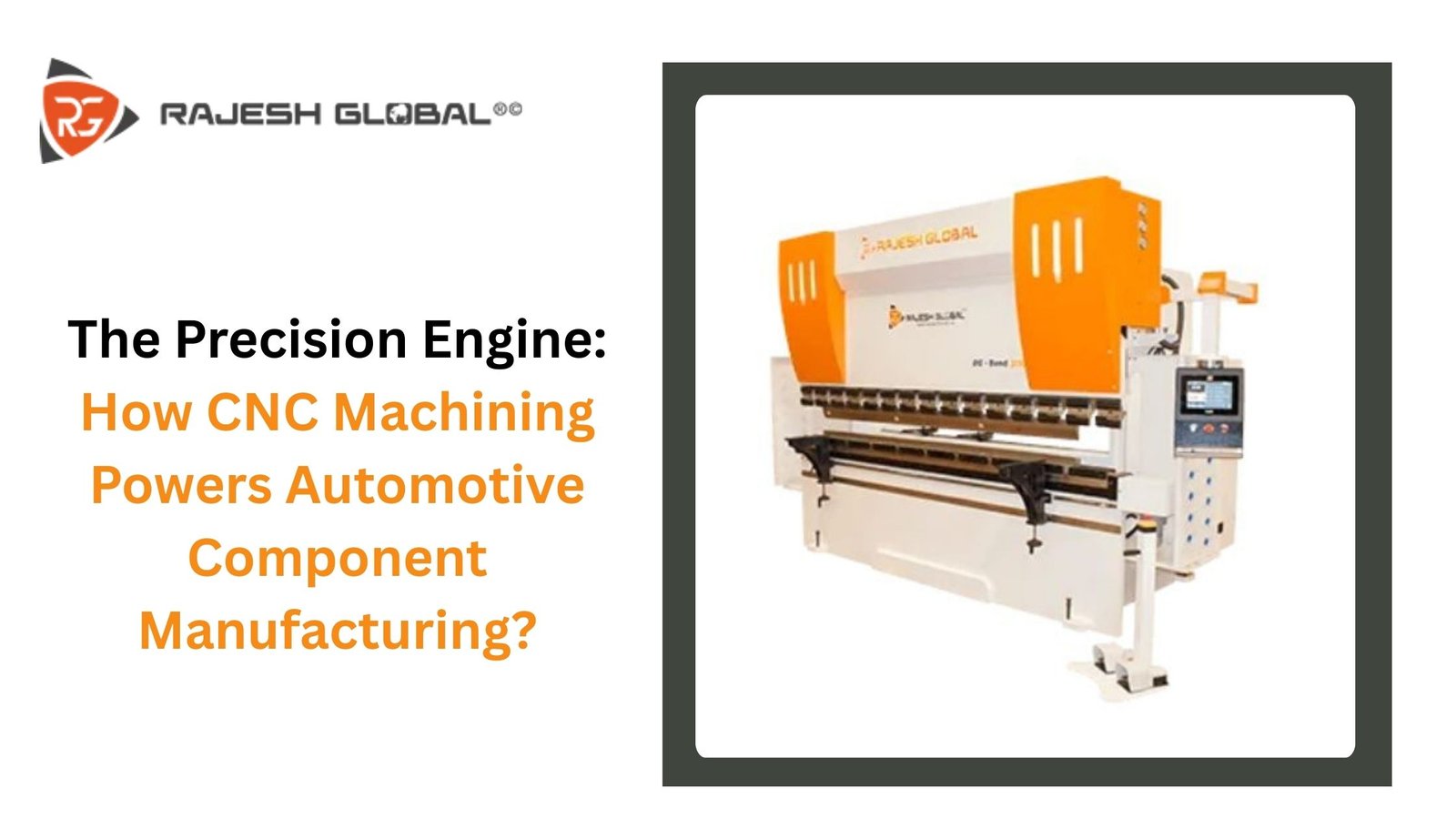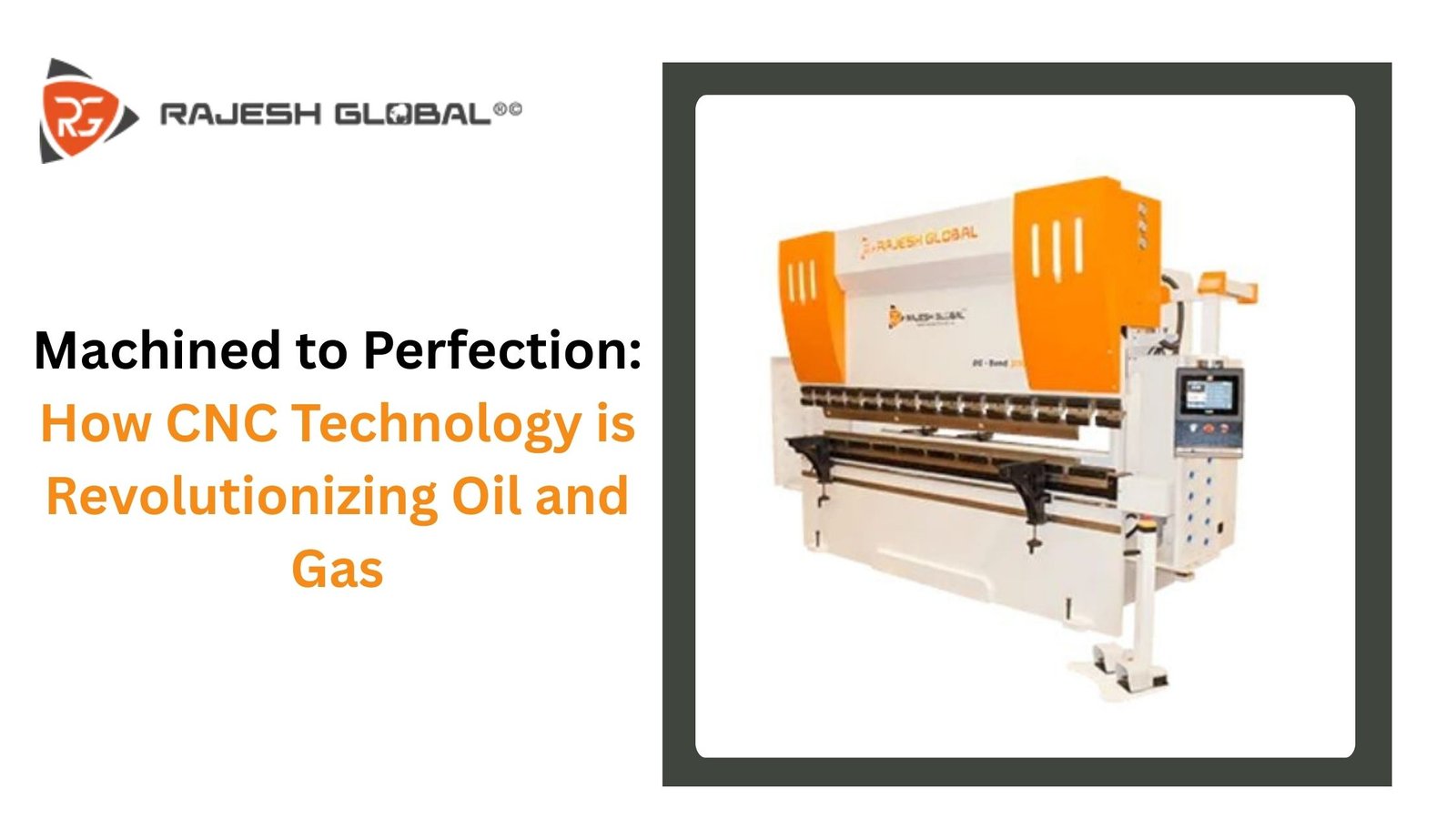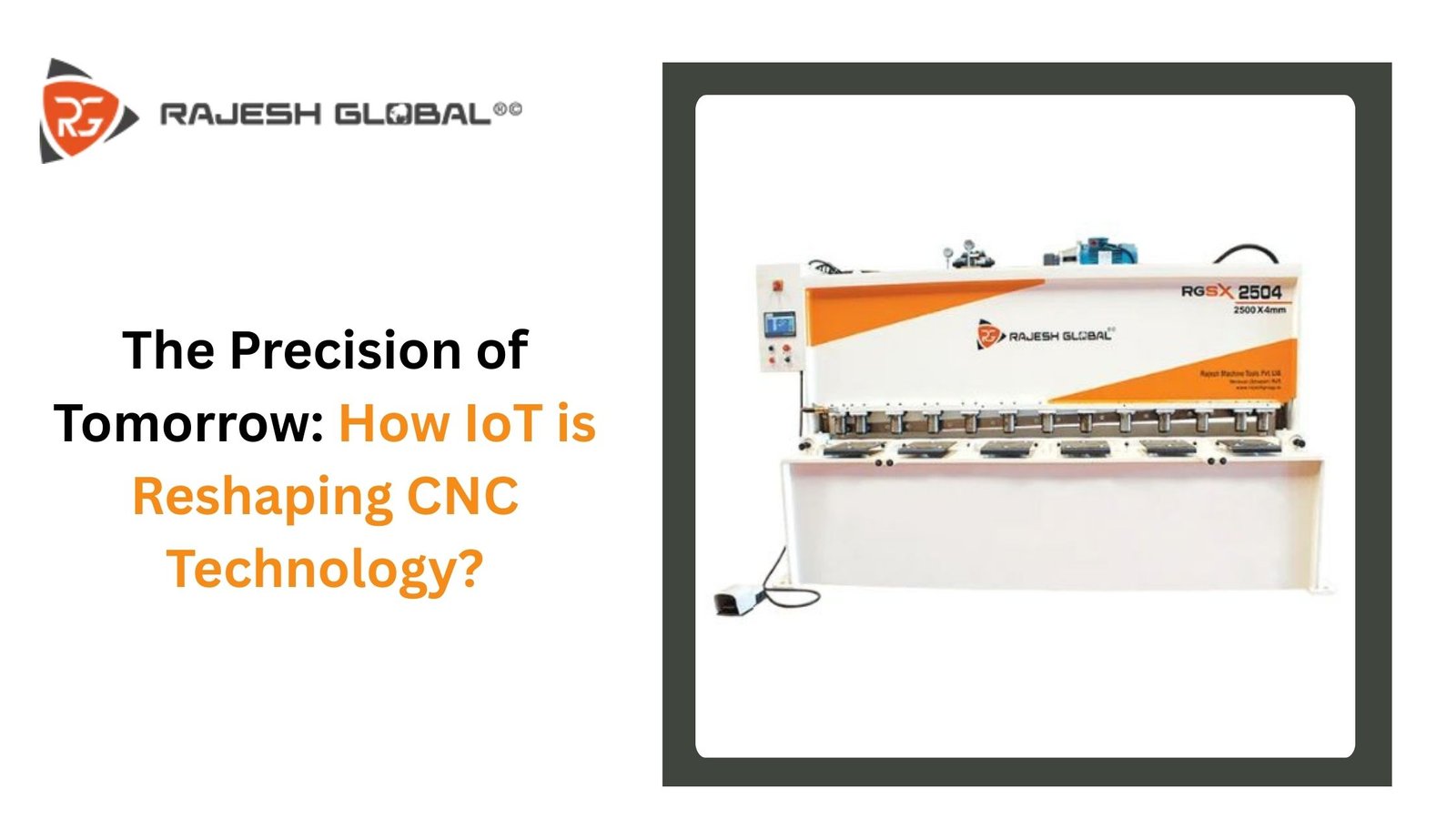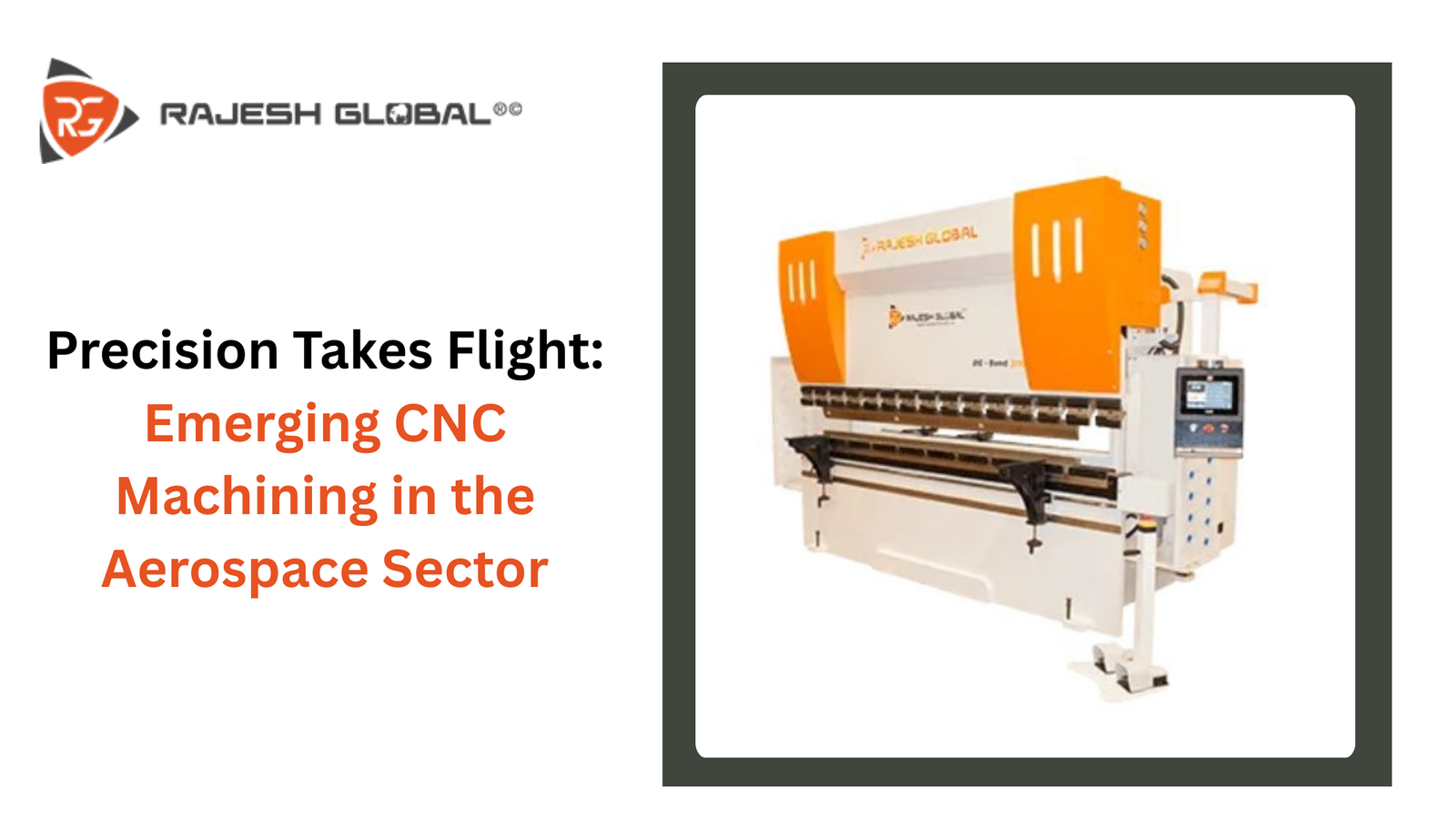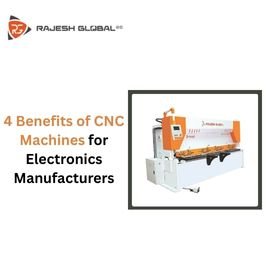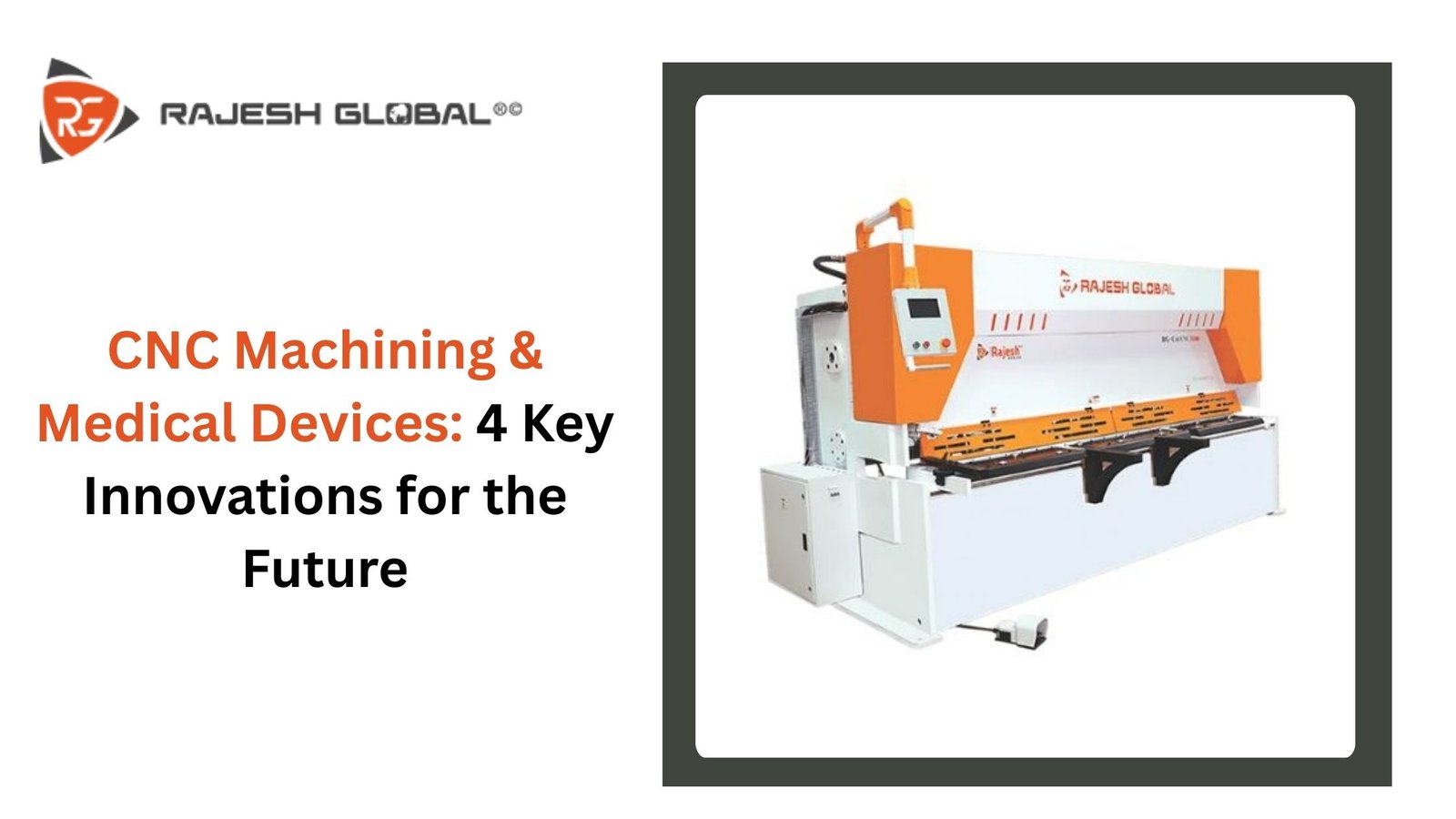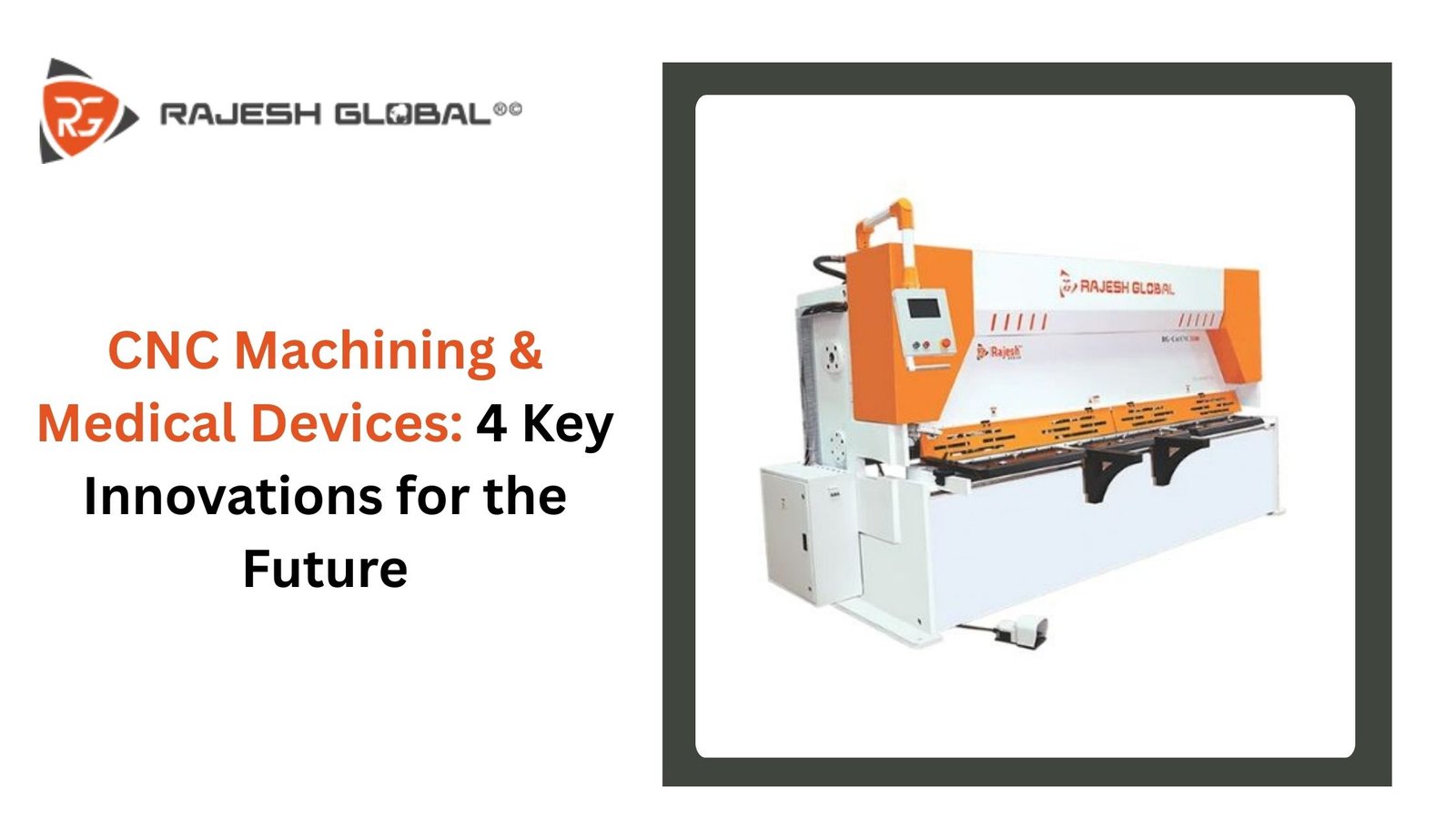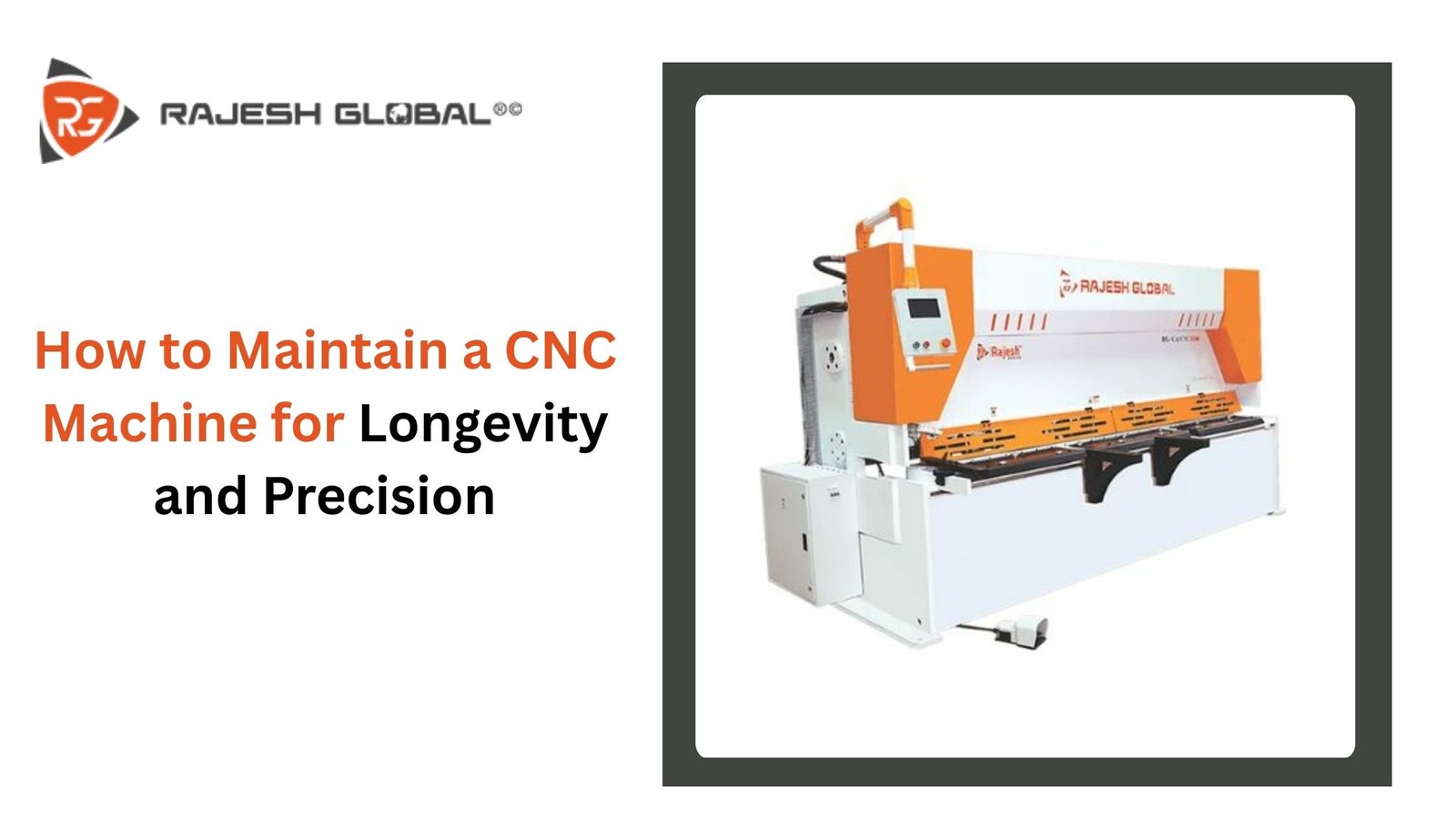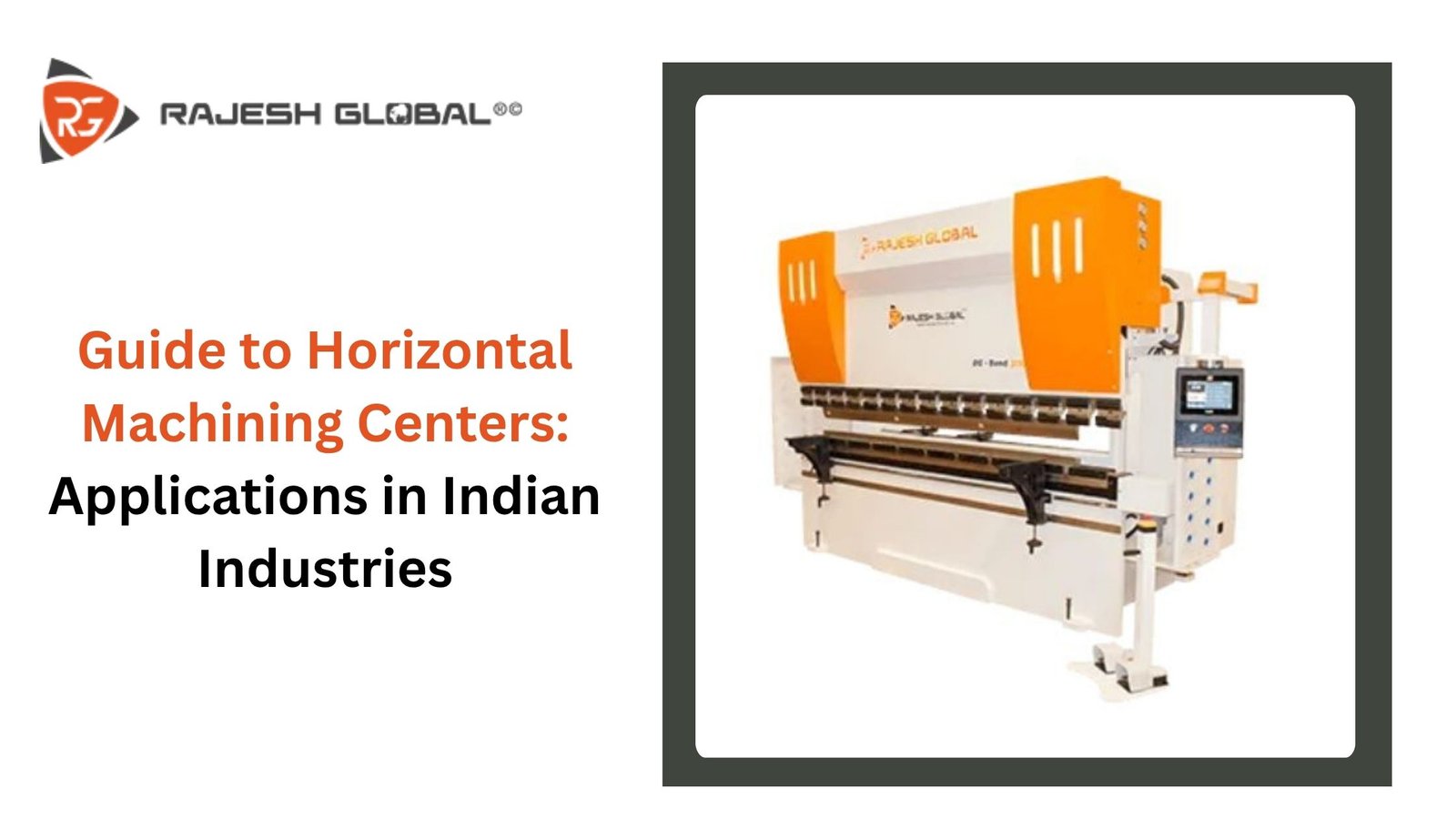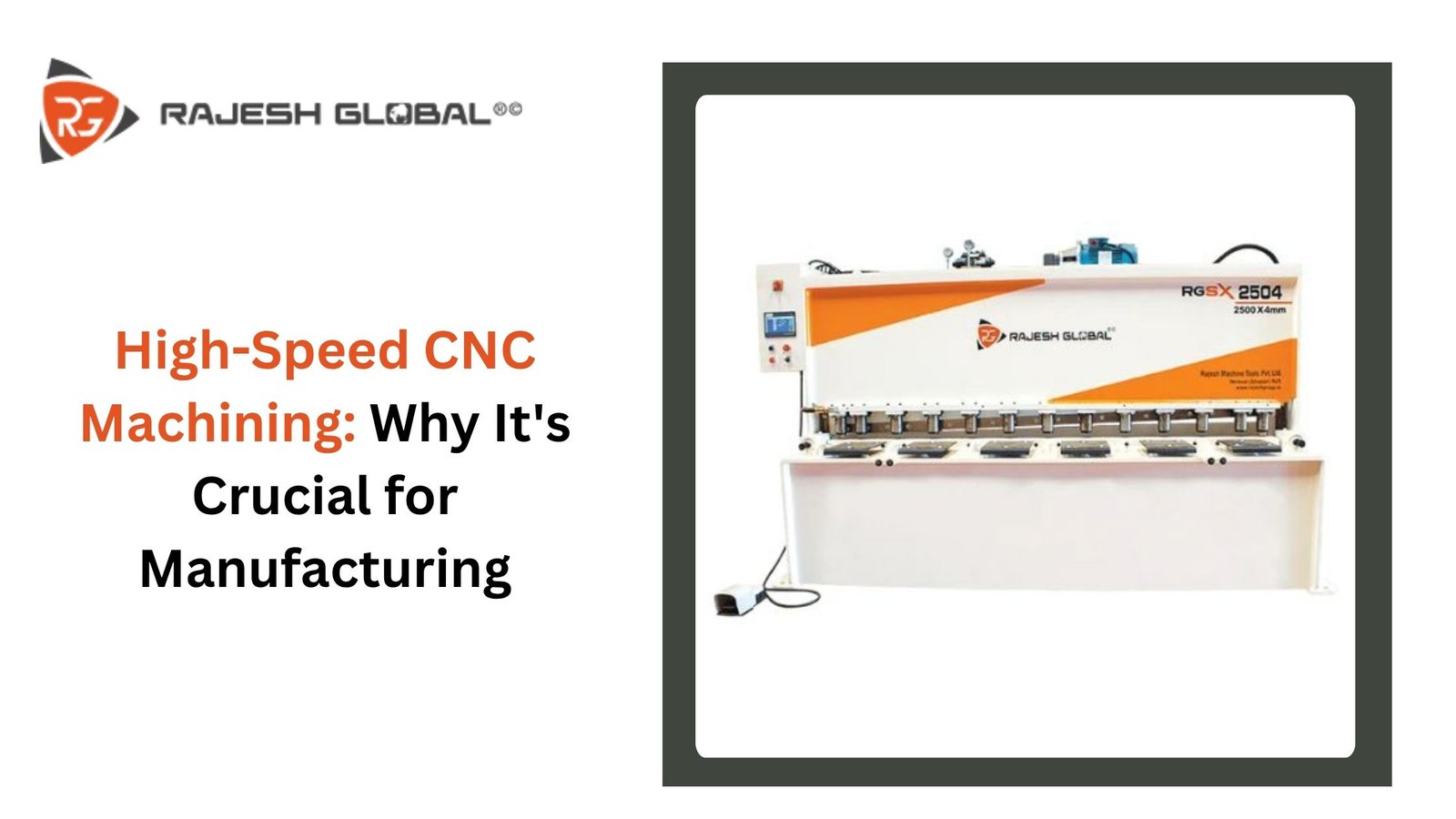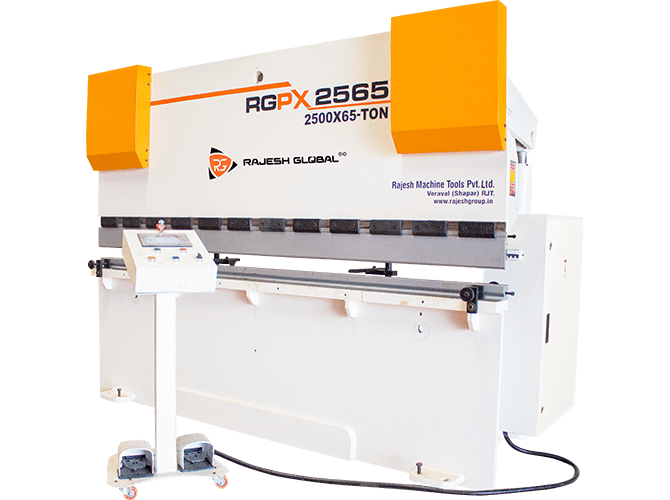In the world of precision manufacturing, every micron matters. CNC machine rigidity is the unsung hero—determining not just how accurately you hit tolerance, but how well you maintain surface finish, tool life, and competitive throughput. For aerospace, automotive, medical, and high-tech industries, a machine’s rigidity is more than a specification—it’s the foundation of quality and efficiency.
What Is CNC Machine Rigidity? Understanding the Basics?
Rigidity in CNC machines is the system’s ability to resist deformation, vibration, and deflection under machining loads. It’s built from the ground-up: a robust base, strong frame, stiff spindle assembly, premium guideways, ball screws, and rock-solid tool holders. Essentially, the more rigid your system, the less your tool or workpiece moves due to cutting forces, ensuring the machine stays “locked in” for ultra-precise manufacturing.
Key Rigidity Components:
- Machine Base & Structure: Often manufactured from cast iron, granite, or high-grade steel for maximum vibration dampening.
- Spindle Assembly: Must maintain tool stability—especially at high speeds and cutting forces.
- Guideways & Ball Screws: Hardened and precisely aligned for accurate movement.
- Tool Holder & Fixtures: Engineered to avoid flex, even during aggressive cutting.
Why Rigidity Matters: The Link to Precision, Finish, and Productivity?
1. Precision and Dimensional Accuracy
High rigidity minimizes tool and workpiece deflection, enabling manufacturers to achieve tight tolerances—down to a few microns. As industries raise the bar for accuracy, even the smallest machine sway or vibration can lead to costly part rejections and production waste.
2. Surface Finish Quality
A rigid CNC setup greatly reduces vibration, chatter, and tool bounce, which are major contributors to poor surface finishes. Top-performing machines maintain mirror-quality surfaces in aerospace, die mould, and medical device production—where a single blemish is unacceptable.
3. Longer Tool Life and Cost Savings
Minimized vibration results in lower tool wear rates, fewer replacements, and reduced downtime. When a machine is rigid, cutting tools last longer, maintaining optimal performance across multiple shifts and reducing operational costs.
4. Higher Speeds and Throughput
Rigidity enables manufacturers to run at higher feed rates and deeper cuts without sacrificing precision or finish. The result: increased productivity, faster turnaround, and more profit per machine hour.
Factors Influencing CNC Machine Rigidity
Understanding what affects rigidity helps manufacturers make informed purchasing and setup decisions.
A. Machine Design & Structural Integrity
- Base Material: Cast iron offers the best dampening, making it ideal for precision CNC frames.
- Structural Design: Uniform distribution of cutting forces reduces stress points and avoids flex.
- Weight & Mass: Heavier bases are more stable against dynamic loads.
B. Spindle Speed & Power
- High-Power Spindles: Demand higher rigidity to avoid deflection under tough machining tasks and high-speed operation.
- Balanced Spindle Shafting: Essential for smooth operation and longevity.
C. Components: Guideways, Ball Screws, and Tool Holders
- Hardened Guideways: Enable smooth, controlled movement without play.
- Zero-Backlash Ball Screws: Maintain positional accuracy for complex multi-axis cuts.
- Premium Tool Holders: Reduce risk of flex, ensuring the tool tip remains on target.
D. Materials Used in Construction
- Aluminum: Lightweight but less stiff—best for speed, not always for rigidity.
- Stainless Steel & Titanium: Used for critical components depending on required strength and corrosion resistance.
- Composites & Damping Materials: Increasingly used to absorb vibration and boost dynamic rigidity.
Improving CNC Machine Rigidity: Practical Strategies for Manufacturers
1. Incorporate Vibration-Dampening Technologies
Polymer composites, specialized alloys, and damping pads can be added to the base and spindle assembly to absorb shock and minimize vibration transfer.
2. Upgrade Components for Maximum Stiffness
- Choose higher-grade guideways and ball screws.
- Invest in premium, minimally flexing tool holders and fixtures.
3. Regular Maintenance for Rigidity and Longevity
Routine checks keep the system at peak performance:
- Tighten bolts and inspect for wear.
- Lubricate critical moving parts.
- Calibrate geometry and check axial alignment.
- Replace worn bearings, screws, or guideways promptly.
4. Optimize Machining Parameters
Running at excessive speed or force can overwhelm machine rigidity. Use conservative feed rates and spindle speeds for tough materials; match cutting parameters to machine stiffness.
5. Design for Rigidity in New Installations
When investing in a new machine, prioritize:
- Symmetrical frame design for stress distribution.
- Heavy, dampened bases for stability.
- Over-specification of critical components to prevent future bottlenecks.
Rigidity in High-Speed Machining: Pushing Precision Limits
For industries using high-speed and high-feed machining, rigidity is not optional—it’s essential. Stable setups counteract tool deflection and ensure programmed tool paths, enabling consistent adherence to precision standards, flawless surface finishes, and minimal errors even at elevated speeds.
Maintenance as a Rigidity Booster
Machine rigidity can degrade over time due to wear, loose fasteners, or misalignment. Proactive maintenance—including geometric calibration, regular lubrication, and swift component replacement—keeps the system tight and efficient, preserving accuracy for years.
Summary: Rigidity Is the Precision Engine
Rigidity in CNC manufacturing is a multiplier—it boosts every element: accuracy, finish, tool life, speed, and economic efficiency. Companies seeking a competitive advantage must prioritize rigidity in machine selection, installation, and ongoing operation. From aerospace to medical, those who master rigidity master quality and throughput.
Why Rajesh Machine Tools Leads in CNC Machine Rigidity?
Rajesh Machine Tools is committed to building CNC machines with unwavering rigidity, leveraging premium materials, robust design, and precision assembly. Our product line empowers manufacturers to achieve tighter tolerances, better finishes, and longer tool life—every shift, every part, every day.
Choose Rajesh Machine Tools for CNC machines engineered for uncompromising rigidity and precision in modern manufacturing.

